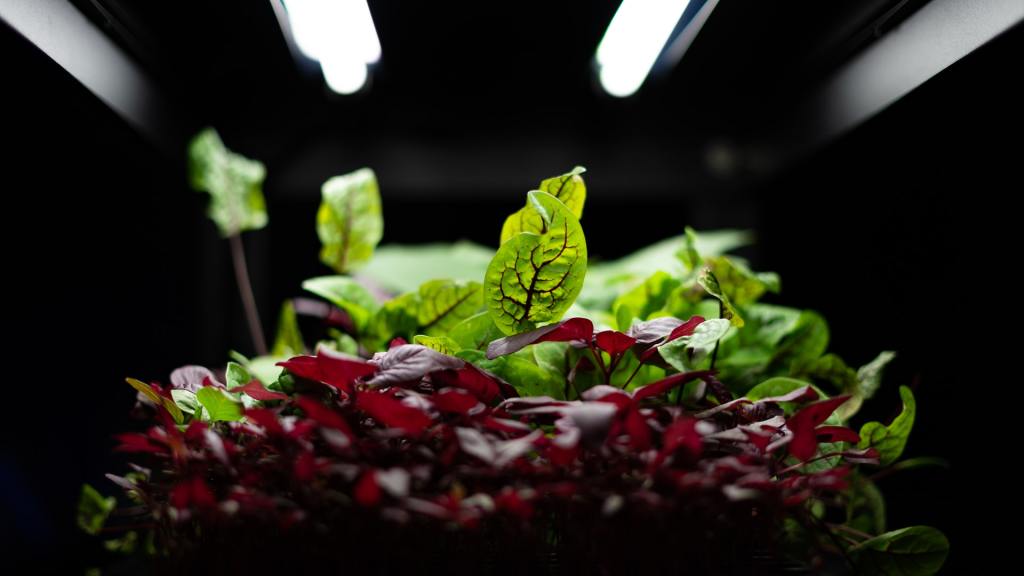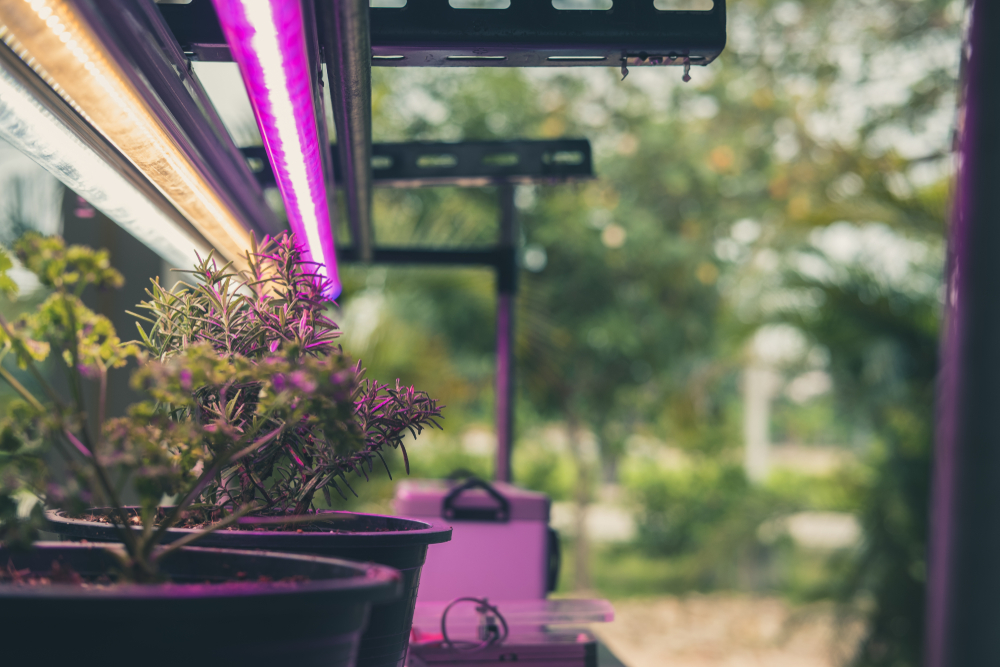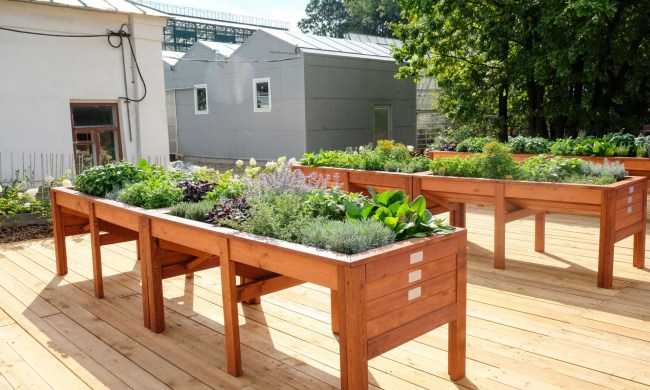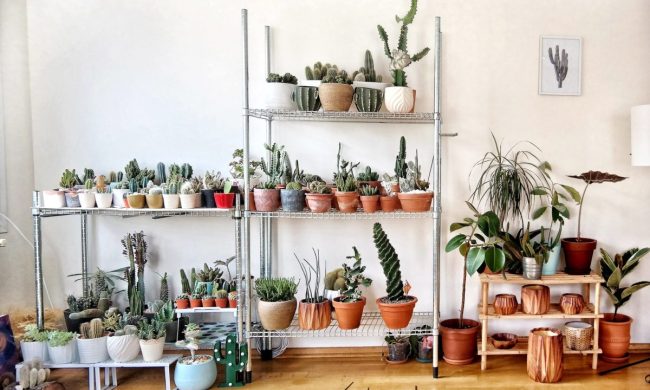Gardening is a hobby that can be heavily DIY if you want it to be. Some gardeners prefer to invest in pre-built items, while others take a great deal of pleasure in building their own systems. One of the systems that you could make yourself is a grow light system. Here we’re going to dive into why you might want to DIY this gardening tool, how to plan out your project, and then how to build a grow light system.

Why you might want a DIY grow light system
Other than the satisfaction of building it yourself, there are a few different reasons you might want to spend time creating your own grow light system.
Customizability
One of the most significant upsides to designing and building your own grow light system is the flexibility you have in its design. While store-bought systems are great, you might find they’re limited to what you could grow with them. When you build it yourself, you’re opening up the opportunities to customize it for your seed starting needs or even supplementing light for your rare tropical plants. Additionally, you could design it to suit seedlings during one part of the year, then switch it over to another tasks during other seasons. When you build your own, these are the kinds of details you can customize to your own needs. Of course, this could make things more complicated, but at least you’re not spending extra money or taking up more space with multiple systems.
Year-round gardening opportunities
Although we love the break, gardeners tend to get antsy when gardening tasks come to a screeching halt during the winter months. With grow lights, you can extend the growing season all year round. While you might not grow full-blown tomato plants, you can easily keep a modest herb garden growing with a small grow light system. You could grow full plants with grow lights if you take the time to also set up a hydroponic system!
How to plan your grow light system
Now that you’re convinced you want to try and build your own grow light system, there might be some questions that come up. To ensure this DIY project is a success, let’s walk through all the questions you need to answer before purchasing any supplies.
What’s your budget?
This isn’t the fun part of starting a new project, but getting clear about how much you’re willing to spend is a crucial part of its success. Nothing is more irritating than starting a project you can’t finish. So sit down with your partner or just yourself and look at your numbers to better understand what you can and can’t do.
What’re you growing?
Knowing what you’re going to be growing with your grow lights is right up there with the budget. You won’t know how big of a system you need until you know what you plan to grow. Start a list of all the things you’d like to grow and jot down how tall those plants can get. While you might be able to stack seven trays on a shelf when the seeds are germinating, those shelves will get cramped and too short once those plant babies shoot up. Additionally, how many things you want to grow will determine how big your system needs to be and whether you need more than one.
Where will you put it?
You might be getting excited about all the things you can grow with your very own DIY grow light system, but it’s worth it to say calm right now and first figure out where these systems are going to sit before you start building. Do you even have enough room for all the systems you want? Are there enough plugs for your lights? Maybe you’re one of the lucky few who can spare a whole room just for growing things. No matter where you fall on the scale, take a moment to gauge how much space you have and plan accordingly.
Aesthetic desires
Grow lights are a tool, and most of the time, how a tool looks doesn’t really matter as long as it’s doing its job well. However, these systems are likely going to be somewhere in your home where either you or guests will be able to look at them. They might even be set up in your living room! Because of this, it’s worth considering the aesthetics of your grow light system. Of course, you can use basic and affordable wire shelving, but maybe you want to invest in glass shelves that would look amazing next to your mid-century modern couch.

How to build a grow light system
Things should be pretty straightforward now that you’ve hammered out all the details. Next comes the actual act of building your grow light system. The detailed steps of how to go about doing this are going to vary depending on your design. There are lots of free PDF and video tutorials out there like this one by Caboose for seedlings or this stylish option by Renovated Faith. Take a look at what’s out there and feel free to personalize the designs as you see fit!
Save money and get exactly what you want by DIYing your own grow light system. Remember to consider every detail before you purchase your materials and maybe use an online guide to help you with the basic structure.


